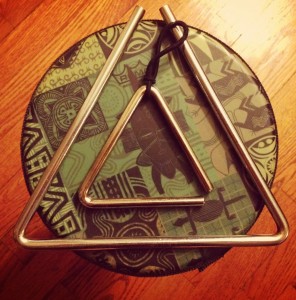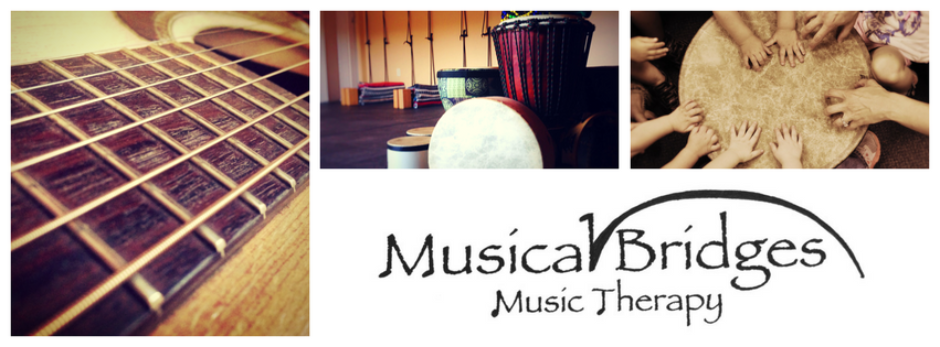 Today we are giving a shout out to the triangle! One may think this instrument is simple and its uses can only go so far, but this is far from the truth! The triangle can be used for a variety of purposes in therapy including working towards motor, cognitive, social and speech goals. Here are some basics to begin with:
Today we are giving a shout out to the triangle! One may think this instrument is simple and its uses can only go so far, but this is far from the truth! The triangle can be used for a variety of purposes in therapy including working towards motor, cognitive, social and speech goals. Here are some basics to begin with:
1. Motor– Perhaps my most utilized purpose for the triangle in sessions is working on motor skills. One can improve upper body strength and increase reach by outstretching their arms to play in a variety of positions, improve grasp by holding the striker to play, and improve coordination by holding the string and playing with the striker simultaneously.
2. Cognitive- Obviously the triangle is named after it’s shape, and therefore can be utilized in shape recognition. In addition, one can work on the concept of starting and stopping by controlling the sound of the instrument simply by touching to stop and striking to start, spatial directions by playing on certain points of the instrument (left, right, up, down), and even tracking the instrument or identifying where its sound is coming from as it is easily moved around.
3. Social– The triangle is great for teamwork! Have one person hold the triangle while the other plays, then switch parts. You can encourage further teamwork by presenting a piñata-like scenario where the person holding the triangle uses their voice to guide their partner with the striker to find the instrument while blind-folded (this also taps into the cognitive domain as well so you are addressing two areas at once!).
4. Speech- Use the triangle along with singing. Imitate the sound the instrument makes using vocals or use the instrument to help speak with syllables. Tune in on Thursday for a triangle song that I use in therapy for speech focusing on the L and G sound!
So don’t let your triangle fall to the bottom of your instrument box. Though it is simple, this is what makes it great for therapy! Simplicity sometimes is just what we need to provide a successful and rewarding experience for those in therapy 🙂

Pingback: #ThursdayTherapyTune… The Ding-a-Ling Song featuring the Triangle | How Has Music Helped You Today?